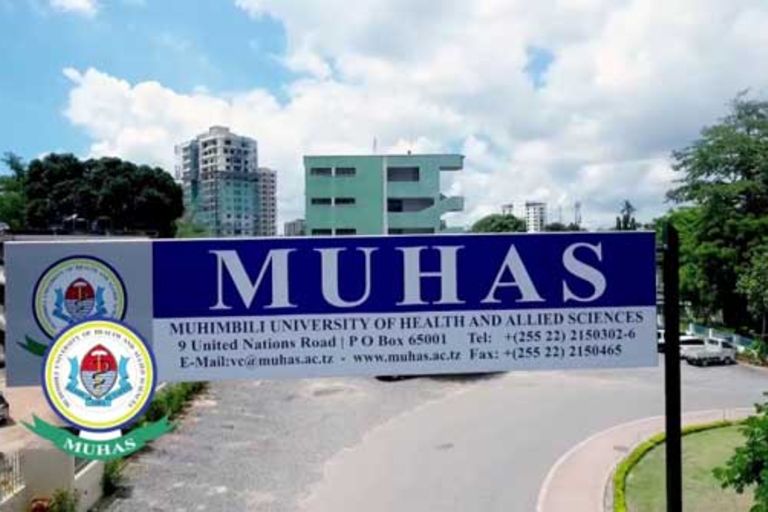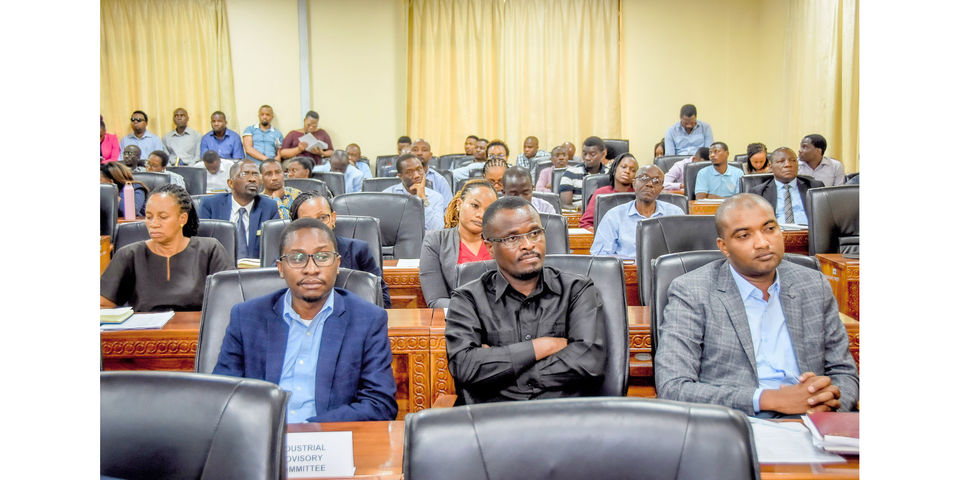

Dar es Salaam. Muhimbili University of Health and Allied Sciences (Muhas) plan to transform into a Medical Academic City by 2050, has received an additional $45.5 million boost from the Higher Education for Economic Transformation (HEET) project.
The project, with a total of $425 million (about Sh972 billion) is the government’s effort together with the World Bank to improve higher education provision.
Yesterday, Muhas disclosed its priorities in spending the money.
According to Muhas, a number of medical universities in developed countries have built medical campuses together with large specialised hospitals to help provide education, research services and treatment of specialised diseases.
Through the HEET project, the university revealed the plan to renovate and build two campuses of Mloganzila and Kigoma, as well as improve the learning and teaching infrastructure at the main campus.
Muhas Vice Chancellor, Prof Andrea Pembe, said they have planned to revive and prepare curricula, educate staff, set up modern ICT infrastructure and digital systems for teaching and improving administrative work.
At Mloganzila, he said the university expects to establish a college of medicine. Under the project, a new campus will be built in Kigoma Ujiji, he said.
The university launched yesterday an Industrial Advisory Committee with more than 30 experts along with Curriculum Review Training. The committee was mandated to provide advice and link between the industry‘s demand and academia.
Deputy Permanent Secretary in the ministry of Education, Science and Technology, Prof James Mdoe, said during the launching that the project was expected to revive and prepare more than 300 curricula across the country in five years.
In the case of Muhas, 79 curricula will be updated so that they are in line with the real needs of the higher education market and enable graduates to be self-employed.
“This is not a small move. The government has allocated Sh18.23 billion to all institutions to revitalise and prepare new curricula for institutions of higher education.”
“The establishment of the Mloganzila campus will help achieve the college’s vision of reforming and becoming a Medical Academic City by 2050,” added Prof Mdoe.
The university also plans to conduct a general expansion by increasing the admission of students, including international students, from the current 4,400 to 15,000 by 2030.
The medical college at Mloganzila will not only involve dormitories, classrooms and laboratories, but there will also be several specialised hospitals, according to Prof Bruno Sunguya, Deputy Vice Chancellor-Research.
“The presence of specialist hospitals on these campuses is an opportunity not only for our students to do practical training easily but also to facilitate treatment for heart, cancer, diabetes and other diseases easily,” he told The Citizen.
The hub would also facilitate the discovery of medicines and cures through research and contribute to producing more experts in non-communicable diseases.
The government’s plan to make Tanzania a medical tourism hub, including moving medical services to the peripheral regions of the country is the main reason for the plan to build the Kigoma campus.
“All these strategies are for making this college a place of refuge for medical education as well as the provision of expert medical services to both the locals and international visitors,” he said Muhas is among the 14 government universities benefiting from the HEET project to improve service delivery. Of the 14 universities, Muhas and the University of Dar es Salaam were the ones with the largest share of $45.5 million and $47 million respectively.
___
Source here
